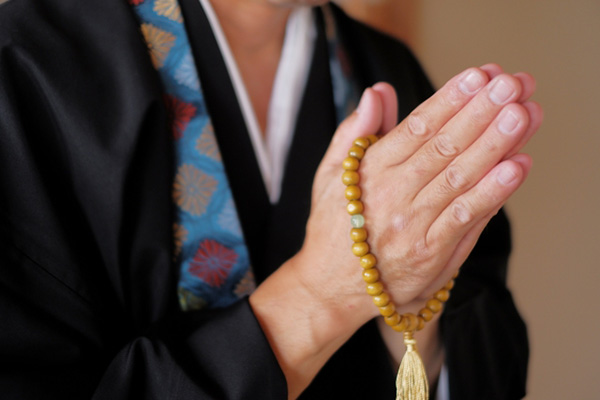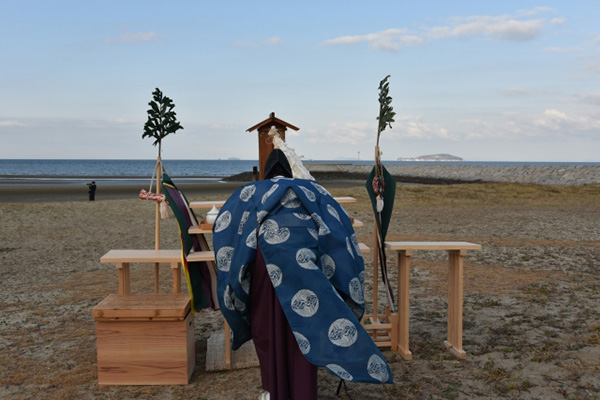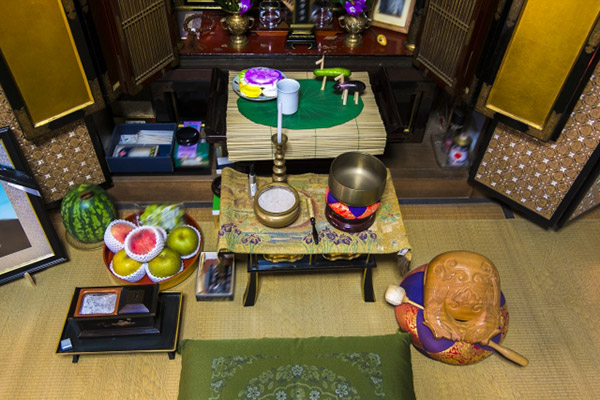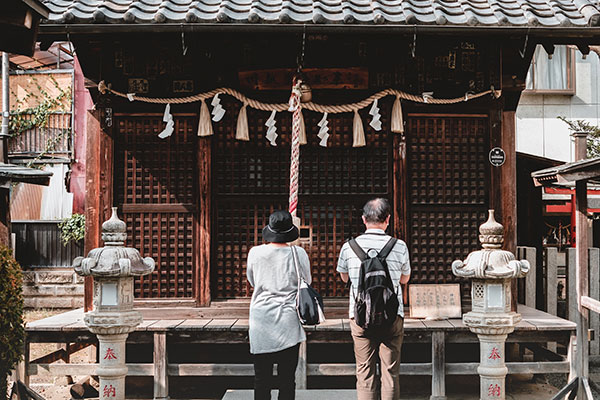Sakura Mentor
Religion in Japan
Lai Hung Wei
Updated in March 2023
Konnichiwa and salam sejahtera! Religion plays a big part in shaping the cultures and mentalities of a community. The same can be said for Japan as well. We often watched on television programmes where some religious activities or events were carried out in shrines and temples. Today, we will be looking at some facts on religious beliefs of the Japanese and how they influence their lifestyle.
The concept of religion in Japan is quite different from other countries. Spirituality and worship are highly eclectic; rites and practices, often associated with well-being and worldly benefits, are of primary concern, while doctrines and beliefs garner minor attention. Based on a study by NHK in 2018, more than 60% of Japanese have no religion (known as mushukyo). This does not mean that they reject all religions, but instead, are referred to as a specified identity, which is used mostly to affirm regular, "normal" religiosity while rejecting affiliation with distinct movements perceived as foreign or extreme.
 A Buddhist monk holding prayer beads
A Buddhist monk holding prayer beadsPhoto AC: acworks
Buddhism has the most believers in Japan with 31% followed by Shinto religion at 3%. These two are the largest religion with most believers in Japan. Shinto is as old as the Japanese culture, while Buddhism was imported from the mainland in the 6th century. However, it is interesting to know that the two religions have been co-existing relatively harmoniously and have even complemented each other to a certain degree. Most Japanese consider themselves Buddhist, Shintoist or both.
 A Shinto ritual to pray for safety
A Shinto ritual to pray for safetyPhoto AC: 夏男
Religion does not play a big role in the everyday life of most Japanese people today. However, the average person usually follows some religious rituals at ceremonies such as birth, wedding and funerals. Japanese also enjoy joining local festivals (known as matsuri) which are commonly associated with some Shinto religious background. Japanese also celebrate Obon and New Year. Both possess Buddhist elements such as visiting the family altar and preparing special decorations.
 A classic Buddhist altar setting for Obon
A classic Buddhist altar setting for ObonPhoto AC: cheetah
Although the amount of religion believers in Japan have declined compared to the old days, the strong influence they once had on the Japanese community remained as part of the modern culture and festivals – allowing us to enjoy the colourful and interesting religious events in Japan.
 At a typical local shrine
At a typical local shrineUnsplash: Kentaro Toma







